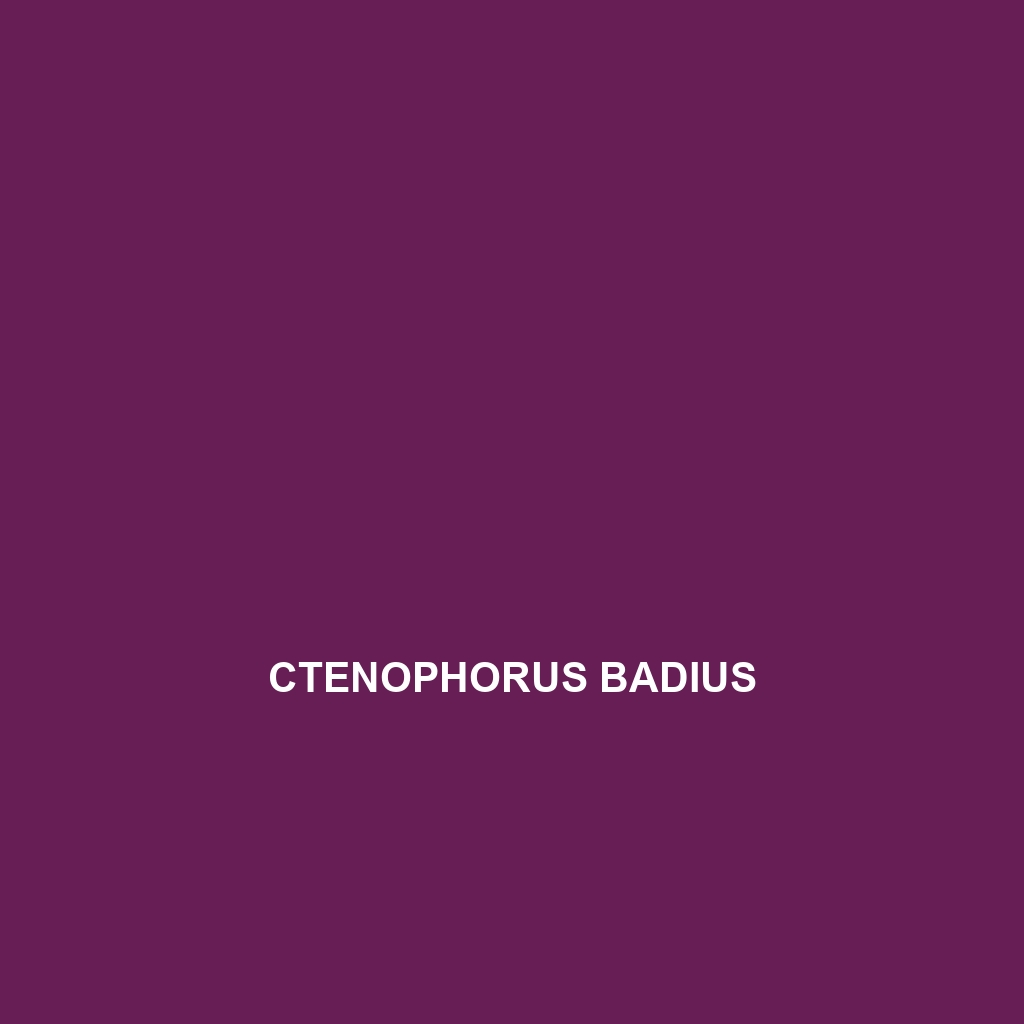Ctenophorus adelaidensis: A Comprehensive Species Description
Common Name: Ctenophorus adelaidensis
Scientific Name: Ctenophorus adelaidensis
Habitat
Ctenophorus adelaidensis, commonly known as the Adelaide dragon, is primarily found in the arid and semi-arid regions of southern Australia. This species inhabits open woodlands, scrublands, and grasslands, often residing in areas with sandy or rocky substrates that provide shelter and basking sites. They thrive in environments that offer a mix of sunlight and shade, which are crucial for thermoregulation in their natural habitat.
Physical Characteristics
Ctenophorus adelaidensis typically reaches an adult size of 10 to 15 cm in total length. The coloration of this species ranges from sandy brown to grey, with distinct dark banding across their bodies. Males often exhibit brighter colors during the breeding season, showcasing vibrant blue and orange markings on their throats and sides, which are characteristic features. The elongated, flattened body shape allows for quick movements, aiding in evasion from predators.
Behavior
This species is known for its diurnal behavior, being most active during the day. Ctenophorus adelaidensis is often seen basking on rocks or branches to regulate their body temperature. They are territorial creatures, with males displaying various postures and color changes to defend their domain and attract females. Their agile movements and quick reflexes make them adept at catching prey and avoiding predators.
Diet
Ctenophorus adelaidensis is predominantly insectivorous, feeding on a variety of insects, including ants, beetles, and grasshoppers. They utilize a sit-and-wait strategy to capture prey, blending into their surroundings until an unsuspecting insect approaches. This feeding habit plays a vital role in controlling insect populations within their habitat.
Reproduction
The breeding season for Ctenophorus adelaidensis generally occurs during the warmer months, typically from September to January. Males engage in elaborate courtship displays to attract females, which may involve head bobbing and color changes. Females lay clutches of 3 to 10 eggs, which they bury in sandy soil. The hatchlings emerge after several weeks, displaying independence from birth.
Conservation Status
Currently, Ctenophorus adelaidensis is classified as ‘Least Concern’ according to the IUCN Red List. However, habitat destruction and climate change pose potential threats that could impact future populations. Conservation efforts focus on habitat preservation and monitoring of population dynamics to ensure their continued survival.
Interesting Facts
One fascinating fact about Ctenophorus adelaidensis is its ability to change color based on environmental conditions, aiding in camouflage against predators. Additionally, this species has been observed engaging in social interactions, such as communal basking, which is relatively rare among lizard species.
Role in Ecosystem
Ctenophorus adelaidensis plays a significant role in its ecosystem as both a predator and prey. By consuming insects, they help regulate pest populations, contributing to the overall health of their environment. Additionally, they serve as a food source for larger predators, maintaining the balance of the food web. Their presence indicates a stable ecosystem, highlighting their importance within their ecological niche.
